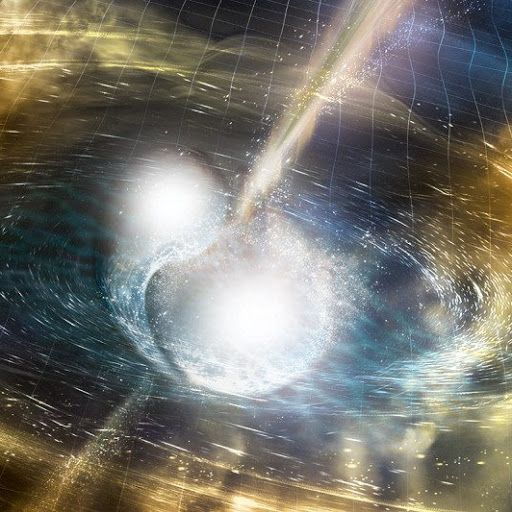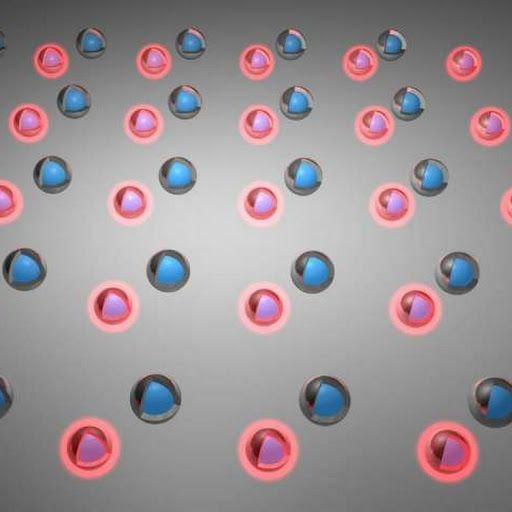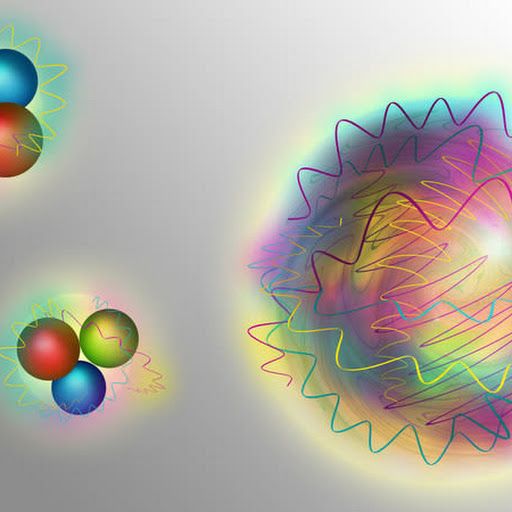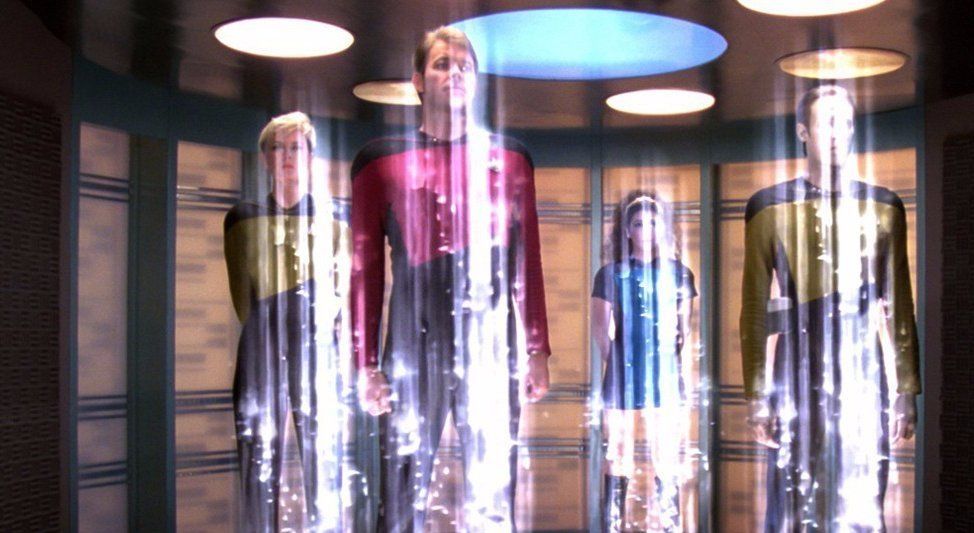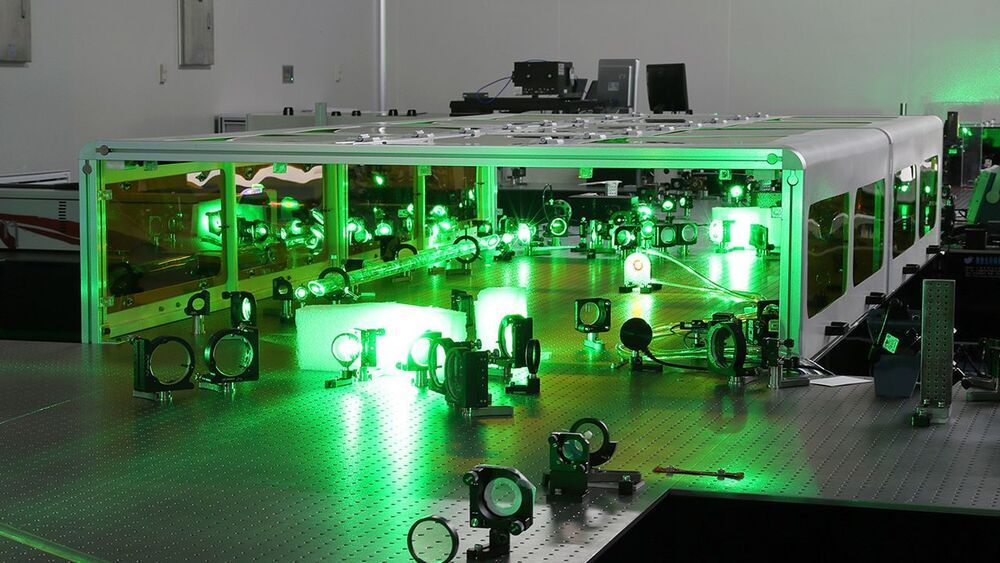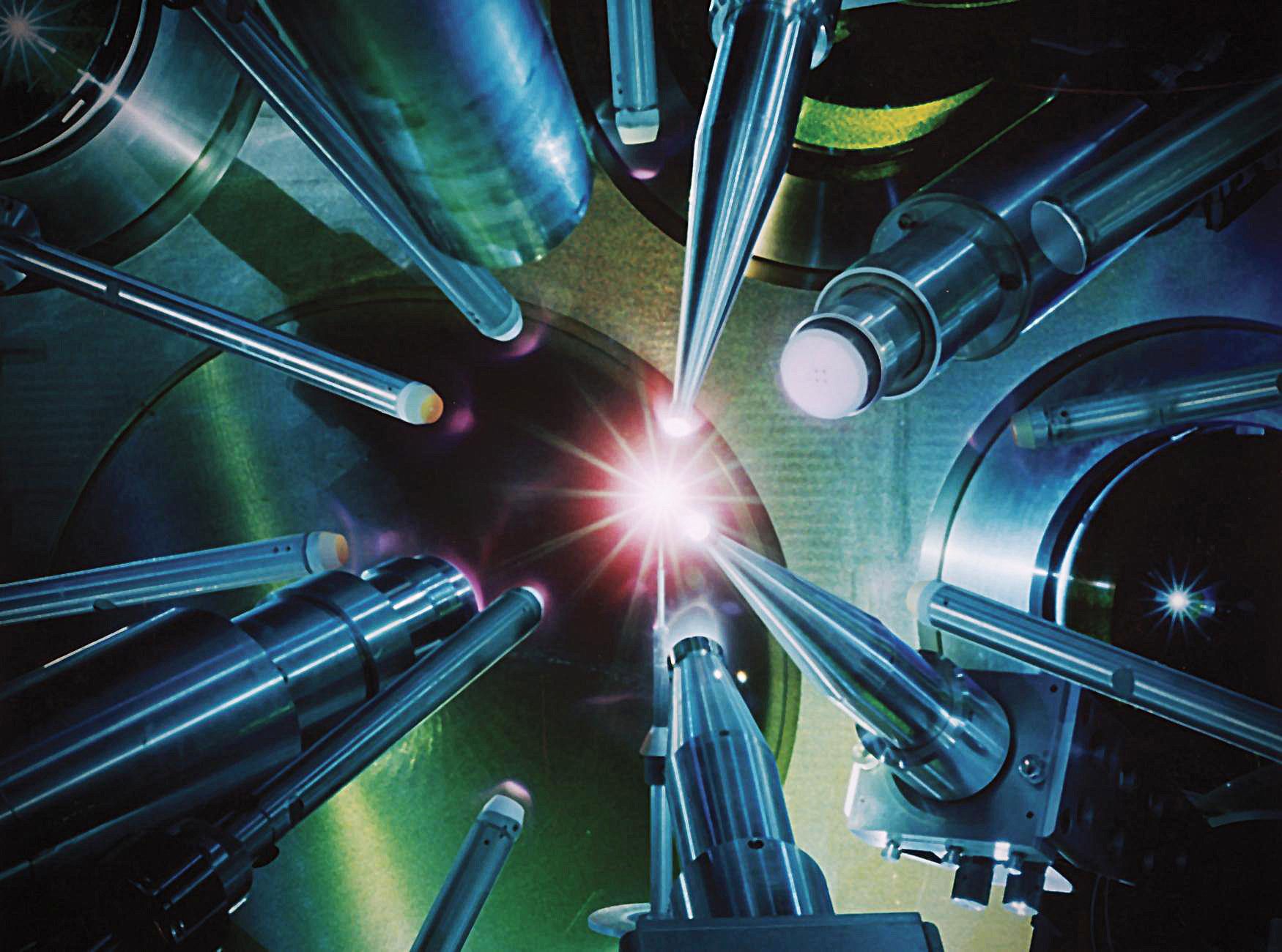Archive for the ‘physics’ category: Page 270
Feb 12, 2018
For the First Time, Physicists Accelerated Light Beams in Curved Space in the Lab
Posted by Shailesh Prasad in categories: physics, space travel
Physicists have demonstrated accelerating light beams on flat surfaces.
Where acceleration has caused the beams to follow curved trajectories.
However, a new experiment has pushed the boundaries of what’s possible to demonstrate in a lab. For the first time in an expeirment, physicists have demonstrated an accelerating light beam in curved space. Instead of traveling along a geodesic trajectory (the shortest path on a curved surface) it bends away from this trajectory due to the acceleration.
Feb 11, 2018
Gravitational waves have let us see huge neutron stars colliding
Posted by Genevieve Klien in category: physics
We’ve taken the first pictures of neutron stars colliding 130 million light years away. The resulting gravitational waves may solve some big cosmic mysteries.
Feb 6, 2018
Theoretical physicists manipulate light with nanoscale objects
Posted by Genevieve Klien in categories: nanotechnology, physics
Credit: University of New Mexico For years, scientists have long wrestled with the control and manipulation of light, a long-standing scientific ambition with major implications for the development of technology. With the growth in nanophotonics, scientists are making gains faster than ever exploiting structures with dimensions comparable to the wavelength of light. Scientists at The University of New Mexico studying the field of nanophotonics are developing new perspectives never seen before through their research. In turn, the understanding of these theoretical concepts is enabling physic…
Feb 3, 2018
Physicists Spot Evidence of ‘Odderon’ First Predicted in the 1970s
Posted by Genevieve Klien in category: physics
Scientists have uncovered some preliminary evidence for a nuclear physics effect first predicted back in the 1970s. The physics universe you’re about to enter into in order to understand it is especially mind-bending.
Feb 2, 2018
Physicists Just Found a New Way to Bend a Fundamental Rule of Light Waves
Posted by Klaus Baldauf in category: physics
One of the more well-known rules in physics is that light can only ever go one speed, so long as nothing stands in its way.
But new research has found there could be an interesting exception to this rule, where the mixing of light waves could bring them to a complete standstill.
The discovery hints at new ways of wrangling not just photons but nearly any kind of wave, which could be useful in technology that relies on information sent and stored using light.
Continue reading “Physicists Just Found a New Way to Bend a Fundamental Rule of Light Waves” »
Jan 29, 2018
Physicists cracked the mystery of teleportation — but it’s nothing like what you see in Star Trek
Posted by Shailesh Prasad in category: physics
Jan 24, 2018
Physicists are planning to build lasers so powerful they could rip apart empty space
Posted by Shane Hinshaw in category: physics
Jan 23, 2018
Here’s Something Strange, the Afterglow from Last year’s Kilonova is Continuing to Brighten — By Matt Williams | Universe Today
Posted by Odette Bohr Dienel in categories: astronomy, physics, space
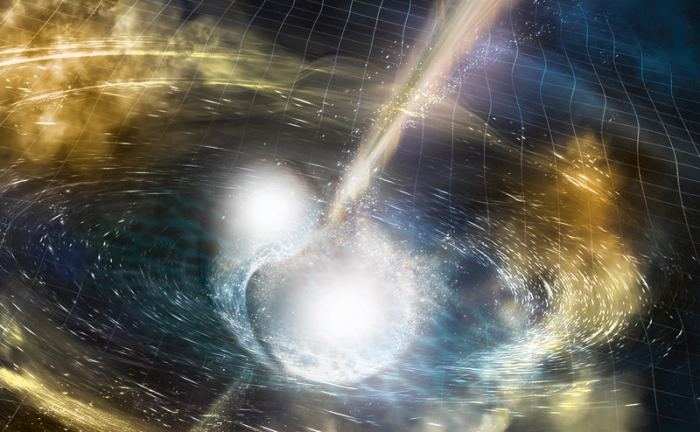
“This unexpected behavior has led to a serious buzz in the scientific community, with astronomers trying to come up with explanations as to what type of physics could be driving these emissions.”
Jan 7, 2018
Computational astrophysics team uncloaks magnetic fields of cosmic events
Posted by Shailesh Prasad in categories: computing, cosmology, physics
The development of ultra-intense lasers delivering the same power as the entire U.S. power grid has enabled the study of cosmic phenomena such as supernovae and black holes in earthbound laboratories. Now, a new method developed by computational astrophysicists at the University of Chicago allows scientists to analyze a key characteristic of these events: their powerful and complex magnetic fields.
In the field of high-energy density physics, or HEDP, scientists study a wide range of astrophysical objects—stars, supermassive black holes at the center of galaxies and galaxy clusters—with laboratory experiments as small as a penny and lasting only a few billionths of a second. By focusing powerful lasers on a carefully designed target, researchers can produce plasmas that reproduce conditions observed by astronomers in our sun and distant galaxies.
Planning these complex and expensive experiments requires large-scale, high-fidelity computer simulation beforehand. Since 2012, the Flash Center for Computational Science of the Department of Astronomy & Astrophysics at UChicago has provided the leading open computer code, called FLASH, for these HEDP simulations, enabling researchers to fine-tune experiments and develop analysis methods before execution at sites such as the National Ignition Facility at Lawrence Livermore National Laboratory or the OMEGA Laser Facility in Rochester, N.Y.
Continue reading “Computational astrophysics team uncloaks magnetic fields of cosmic events” »


